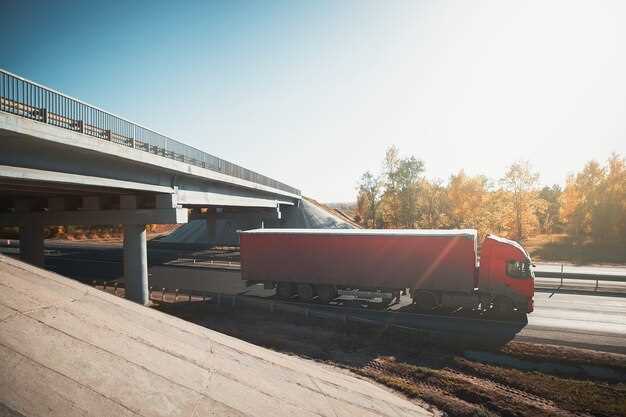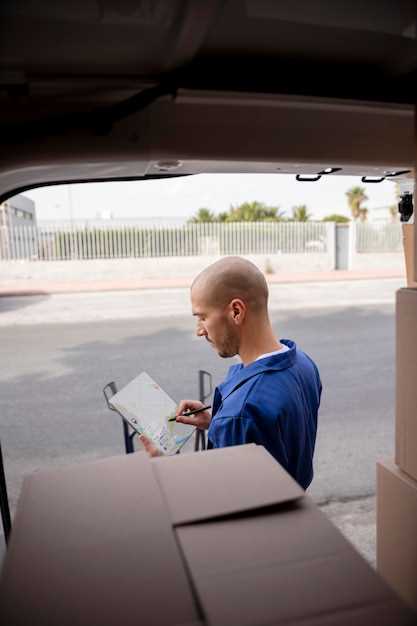
When it comes to motorsport enthusiasts, getting your car to the racetrack can often be a critical step in the overall experience. Whether you are a seasoned racer or a novice looking to improve your skills, understanding how to efficiently transport your vehicle is essential. In this guide, we will explore various options and tips for safely towing your car, ensuring that you arrive at the track ready for action.
Transporting your car requires meticulous planning, especially if you’re considering using a towing service. Not only do you need to choose the right type of vehicle for towing, but you also have to think about the logistics involved. Moreover, understanding the regulations and requirements for transporting cars can prevent unexpected issues on the road.
By following this comprehensive guide, you will learn everything from selecting the appropriate towing equipment to best practices for securing your car during transport. With the right preparations in place, you can focus on what truly matters–enjoying your time on the track and pushing your driving limits.
Selecting the Right Car Trailer for Your Vehicle

Choosing the right car trailer is essential for safely towing your vehicle to the track. Begin by considering the weight of your car; it’s crucial to select a trailer that can handle its load. Most trailers have a specific weight limit, so ensure the rated capacity exceeds your car’s weight to avoid any towing issues.
Next, identify the type of trailer that best suits your needs. There are two main types: open and enclosed trailers. Open trailers are lighter and typically less expensive, providing easy access for loading and unloading. However, they expose your car to the elements and potential road debris. In contrast, enclosed trailers offer superior protection from weather and theft, making them ideal for high-value or delicate vehicles but typically at a higher cost and weight.
Consider the trailer’s dimensions, including length and width. Make sure the trailer provides enough space for your car without causing it to hang over the edges. Additionally, check the trailer’s loading ramp. A wider ramp facilitates easier loading, while a lower incline can help if your car has low ground clearance.
Towing compatibility is another critical factor. Ensure your vehicle’s tow rating aligns with the trailer’s weight and includes the weight of your car and any additional equipment. You may also need to invest in a compatible hitch and wiring harness to ensure proper functioning of brake lights and turn signals.
Lastly, prioritize quality and durability. Look for trailers constructed with robust materials and reliable braking systems. Regular maintenance of the trailer is essential to ensure safe towing over long distances. By carefully evaluating these factors, you will be better equipped to select a car trailer that meets your requirements and guarantees a smooth journey to the track.
Step-by-Step Process for Safe Towing Techniques
When preparing to transport your car to the track using a trailer, it’s essential to follow a systematic approach to ensure safety and efficiency. Here’s a detailed guide to safe towing techniques.
1. Choose the Right Trailer: Ensure that the trailer is compatible with your car’s specifications. Check the weight capacity and dimensions to confirm it can accommodate your vehicle securely.
2. Inspect Your Tow Vehicle: Before towing, inspect your vehicle’s towing capacity, hitch, and wiring system. Make sure the tow vehicle can handle the additional weight of both the trailer and the car.
3. Prepare the Trailer: Position the trailer on a flat surface. Verify that the tires are properly inflated, the lights function correctly, and the brakes are in good condition. Ensure the trailer is clean and free of obstructions.
4. Secure the Car: Drive the car onto the trailer and center it. Use wheel straps to secure the car in place, ensuring it is stable. Additionally, use safety chains to provide extra security between the trailer and tow vehicle.
5. Adjust the Load: Check the weight distribution on the trailer. Proper weight distribution minimizes swaying and improves towing stability. Adjust the position of the car if necessary.
6. Connect Power and Lights: Attach the trailer’s wiring harness to your tow vehicle. Test the lights, including turn signals and brake lights, to ensure they are functioning properly before hitting the road.
7. Drive with Caution: When towing, increase your following distance and decrease speed. Be mindful of wider turns and braking distances. Always communicate with other drivers using turn signals.
8. Regularly Check the Load: During transit, stop periodically to inspect the car and trailer. Ensure that everything remains secure and that no issues have arisen.
9. Unloading Safely: Once at the track, park the trailer on a level surface. Remove the wheel straps and safety chains, then carefully drive the car off the trailer, checking for any obstructions on the way down.
Following these steps will help you tow your car safely and efficiently to the track, allowing you to focus on enjoying your time on the road course.
Preparing Your Car for Transport: Maintenance and Safety Checks

Before transporting your car to the track, it is essential to conduct thorough maintenance and safety checks to ensure a smooth and secure journey. Start by inspecting the vehicle’s overall condition, focusing on the tires, brakes, and fluid levels. Properly inflated tires are crucial for stability during towing, so check the pressure and tread depth. Additionally, examine the brakes for wear and ensure they are functioning optimally.
Next, check all fluid levels, including engine oil, coolant, transmission fluid, and brake fluid. Top off any low fluids to prevent potential issues during transit. It is also advisable to inspect the battery to ensure it is securely fastened and fully charged, as a weak battery could cause problems upon arrival.
When preparing for loading onto a trailer, ensure that all loose items are removed from the vehicle. This not only reduces weight but also minimizes the risk of damage during transport. Secure any protruding parts, such as mirrors or spoilers, to prevent breakage.
After ensuring the car is clean and free of debris, inspect the trailer to which it will be towed. Verify that the trailer’s hitch is compatible with your vehicle, and ensure it is properly secured. Check the trailer’s brakes, lights, and tires to confirm they are in good working order.
Lastly, review the towing vehicle’s capacity to handle the weight of both the trailer and the car. Adhering to these maintenance and safety checks will promote safe transport of your vehicle to the track, allowing you to focus on the excitement of racing.



